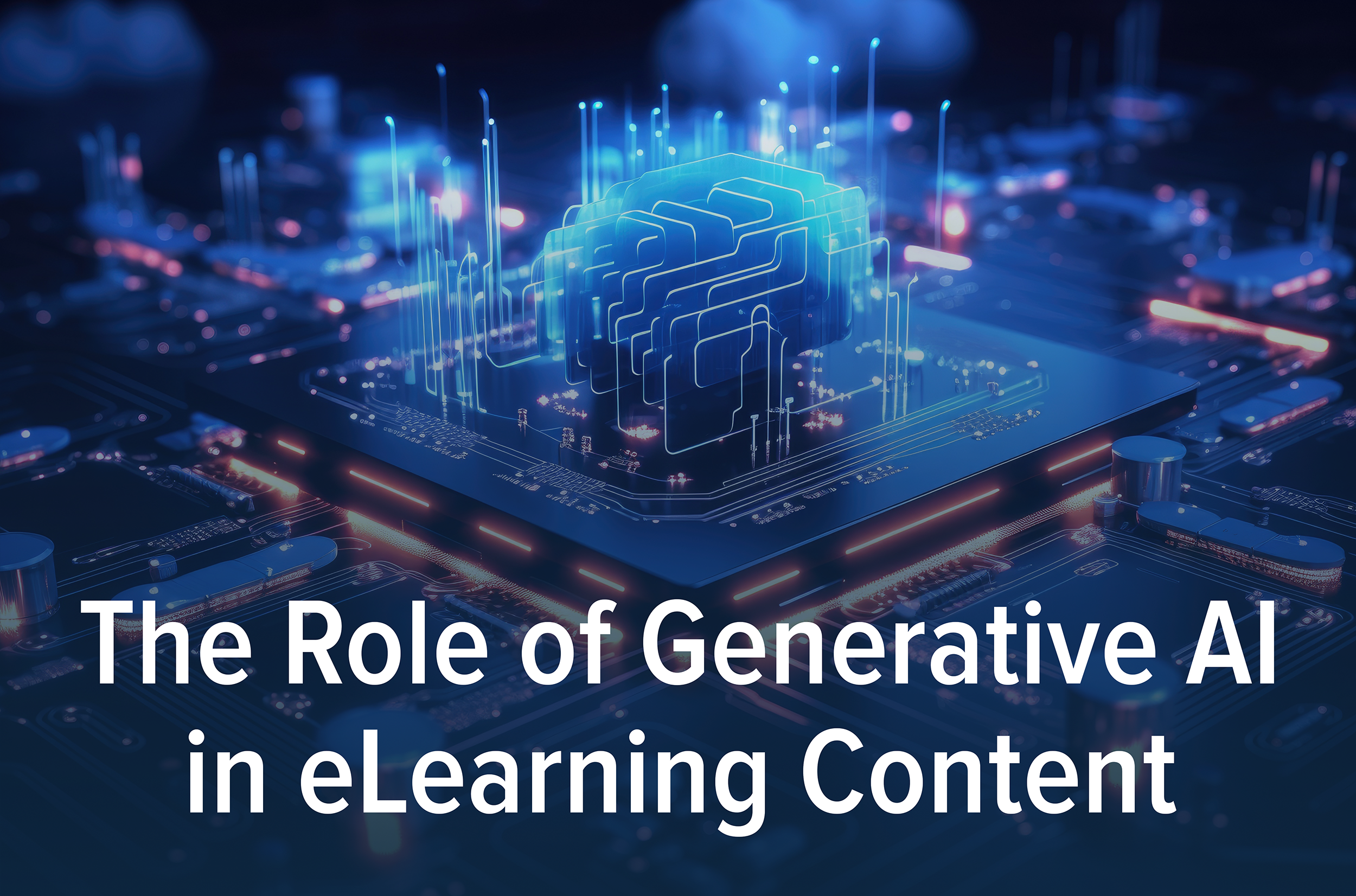When delving into the excitement surrounding the integration of generative AI into eLearning content development, perspectives vary depending on who you ask. The promise of shortened timelines and faster outputs is often thrilling to the C-suite. However, when content authors are asked about the tangible benefits of generative AI in their workflow, their responses might not be as enthused.
This is because, for content authors, generative AI has yet to significantly simplify their lives. While it aids in cutting corners and expediting development time, it inadvertently demands more time during the quality assurance phase. For generative AI to truly make a meaningful impact on the lives of savvy content authors, it must streamline the development process without introducing unnecessary obstacles.
Amplifire’s own internal content team is seeing a significant reduction in content development time. Here are the ways we see AI helping authors, rather than adding to the content overload:
1. Planning
Authors invest a substantial amount of time meticulously outlining courses and crafting course questions. This involves listing learning objectives, themes, topics, and organizing them in adherence to instructional design principles. Traditionally, this planning occurs outside the platform used for development and entails multiple steps to create the course shell and overview. This is precisely where AI intervention can be transformative. By integrating AI, authors can input their objectives, topics, and source material, allowing AI to construct the shell and streamline the course creation process. This not only provides authors with a significant head start on course creation but also enables them to allocate more time to refine the details. It also reduces reliance on external tools like Excel, centralizing the planning process and improves the accuracy and consistency of course layouts.
2. Content Generation
Many authors already leverage generative AI as a tool to overcome writer’s block. While creating course/question shells may be a relatively straightforward task, fleshing out the details can be more challenging. With generative AI assisting the writing process, authors can redirect their focus toward enhancing the content rather than grappling with ideation. Additionally, with the shell generated from source content, the likelihood of factual errors is reduced, thereby minimizing the need for increased quality assurance time. Additionally, Ensures a high standard of content quality and relevance.
As we navigate the evolving landscape of eLearning content development, the role of generative AI stands out as a transformative force with both promise and challenges. The key lies in the strategic application of AI, particularly in the planning and content generation phases. While challenges persist, these real-world efficiency gains underscore the potential of generative AI to be a valuable ally in creating more robust and engaging eLearning content. As technology continues to evolve, it holds the promise of not only meeting but exceeding the expectations of content authors in the ever-evolving landscape of educational content creation.
Want to learn more about how Amplifire is harnessing AI to super-charge our authors’ toolkit? Reach out!



